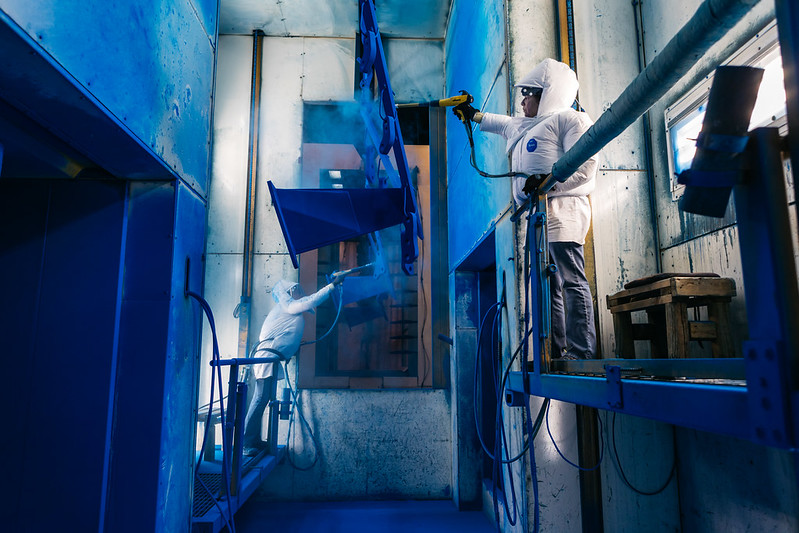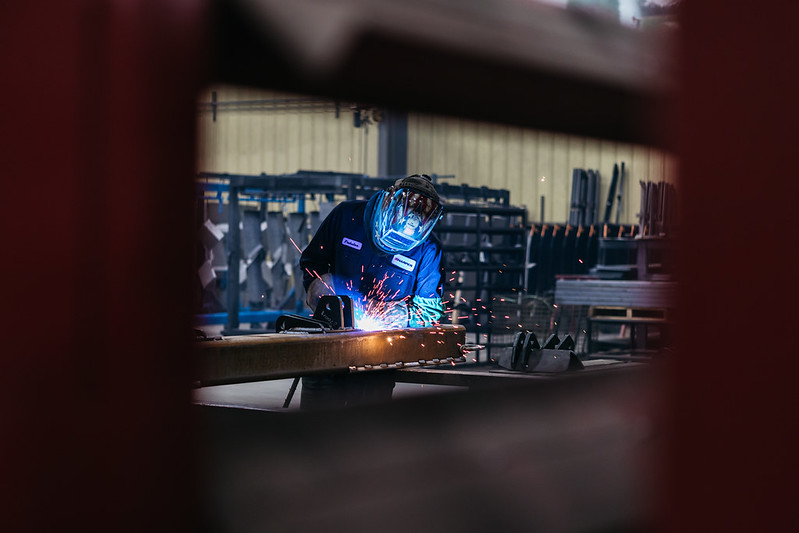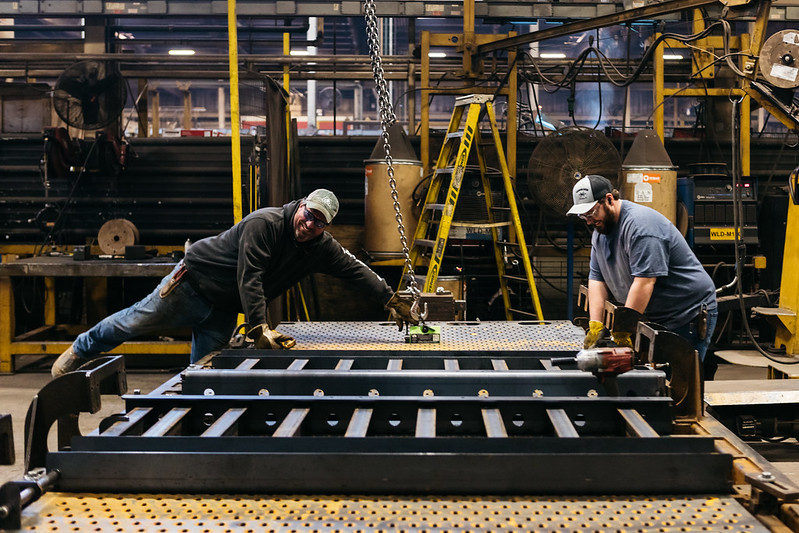-- By Danny Gavin, AEM Communications Coordinator
Many employers are missing out on a segment of the population that could add significant value to their operations. If organizations aren't considering the neurodivergent population as a viable talent pool, and educating themselves on what neurodivergence is, then they may not be reaching their full potential.
“There are different approaches to the way that you recruit, assess, and maintain neurodivergent individuals. We also want you to broaden your scope of what neurodivergence looks like – it’s not necessarily the stereotype you may have seen in the movies and media,” said Jen Feldman, inclusion advocate at Danish social innovator organization Specialisterne, during the 2024 AEM Annual Conference in November of last year.
All Brains Are Wired Differently
Neurodiversity refers to any number of variations in the human brain, such as attention deficit hyperactivity disorder (ADHD), dyslexia, dyspraxia, and autism spectrum disorder (ASD), among others. Most of those who are diagnosed with these variations have to learn to solve problems in alternative ways – which creates opportunities for alternative thinking, innovation, and workflow optimization.
“Neurodiversity is the concept that all our brains are wired differently, and therefore you process and perceive information differently. Think about natural variations like dyslexia – we know that about 25% of leadership or CEOs identify with a learning disability,” said Feldman. “A lot of the time, this is because neurodivergence means you have to solve problems differently, and a problem-solver makes a great CEO.”
Focusing on capabilities instead of disabilities can allow employers to recognize differences as strengths. While individuals with dyslexia may need accommodation, they have a unique perspective on dealing with issues or problems, leading to increased innovation and productivity, as well as improved problem-solving.
Save the Date: 2025 AEM Annual Conference -- Join AEM Nov. 19-21, 2025, at the JW Marriott Miami Turnberry Resort & Spa in Aventura, Florida. For more information, visit aem.org/annual.
Inclusivity Benefits an Entire Organization
Many workplace adjustments that are made to support neurodivergent employees benefit an organization as well. When employers accommodate a neurodivergent person, they are creating a "universal design" – the idea that if an organization is supporting a neurodivergent person, they are most likely supporting a lot more people in the process as well.
For example, “curb cuts” provide access on sidewalks for wheelchair users. These accommodations help far more people than just wheelchair users – that curb cut helps a mother with a stroller, the elderly, and people who have temporary injuries. The same goes for neurodivergent accommodations. Say, for example, a neurodivergent employee needs a quiet space to work and is provided a system to let others know what times are appropriate to approach them. Neurotypical employees may adopt that same system for convenience, and employees across the board can optimize their efficiency, which is of benefit to both employees and employers alike.
With 15%-20% of the population being neurodiverse, it’s almost guaranteed that employers already have neurodivergent employees working for them currently. One in 36 Americans are autistic, 5.3 million Americans have ADHD, one in seven Americans have a learning disability, and around 6.5 million Americans have an intellectual disability. They’re working in all environments, they’re doing excellent work, and some of them might be suffering in some kind of silence, needing accommodations that they don’t feel comfortable asking for from the institutions and people who employ them.
“Specialisterne tries to build a bridge between neurodivergent candidates and business partners. What we look at is how to restructure and re-integrate the concept of neurodiversity into your workplaces,” said Feldman. “We have placed a number of employees in technology and manufacturing roles. For example, we have a partnership with (AEM member company) Cummins – they came to us, and they were motivated to do this work.”
Potential employees with non-traditional backgrounds can possess the skillset necessary to be employed in a certain role, but they are sometimes filtered out of the hiring process because they don’t fit certain job requirements exactly. However, embracing these employees can lead to positive workplace culture, broader customer reach, and the prevention of discrimination.
A Spectrum of Sensitivities
Stigma, lack of awareness, and lack of appropriate workplace accommodations can cause neurodiversity to be excluded from an organization. There are several sensitivities that employees may possess, and several ways to make space for them in the workplace, including:
- Sound sensitivity: Offer a quiet break space, communicate expected loud noises (like fire drills), offer, or allow the use of noise-cancelling headphones.
- Tactile: Allow modifications to the usual work uniform.
- Movements: Allow the use of fidget toys, allow extra movement breaks, offer flexible seating.
There are several ways to engage neurodivergent employees, to understand their needs, and to support employees who may be too scared to ask for accommodations. Offering options to those who ask, and offering them to all employees, is a fantastic way to start on this inclusive journey. If an employer thinks that their employee may be neurodivergent, it's important to ask how they work best and what work environment would be most conducive to maximizing productivity (and without singling them out).
Workplace Modifications Make All the Difference
Creating a positive environment that fosters inclusion can help high-potential employees achieve more, but without intentional effort this can often fall by the wayside. By keeping inclusion and equity front of mind, organizations can reach new heights while making their employees feel valued.
While not everyone in a workplace will need support, there are several ways to go about accommodating those who do want or need it. With patience, communication, and clarification, organizations can make all feel welcome, while allowing them to do their best work.
Recommendations for organization modifications include:
- Use a clear communication style:
- Avoid sarcasm, euphemisms, and implied messages.
- Provide concise verbal and written instructions for tasks, and break tasks down into small steps.
- Inform people about workplace/social etiquette, and don't assume someone is deliberately breaking the rules or being rude.
- Try to give advance notice if plans are changing (and be sure to provide a reason for the change).
- Don't make assumptions — ask a person's individual preferences, needs, and goals.
- Be kind.
- Be patient.
By keeping neurodivergent candidates and employees in mind, employers may be able to fill positions that have been sitting open for months, create new efficiencies in current workflows, and create a workplace that is set up to maximize employee success.





